The Sunkist Kid
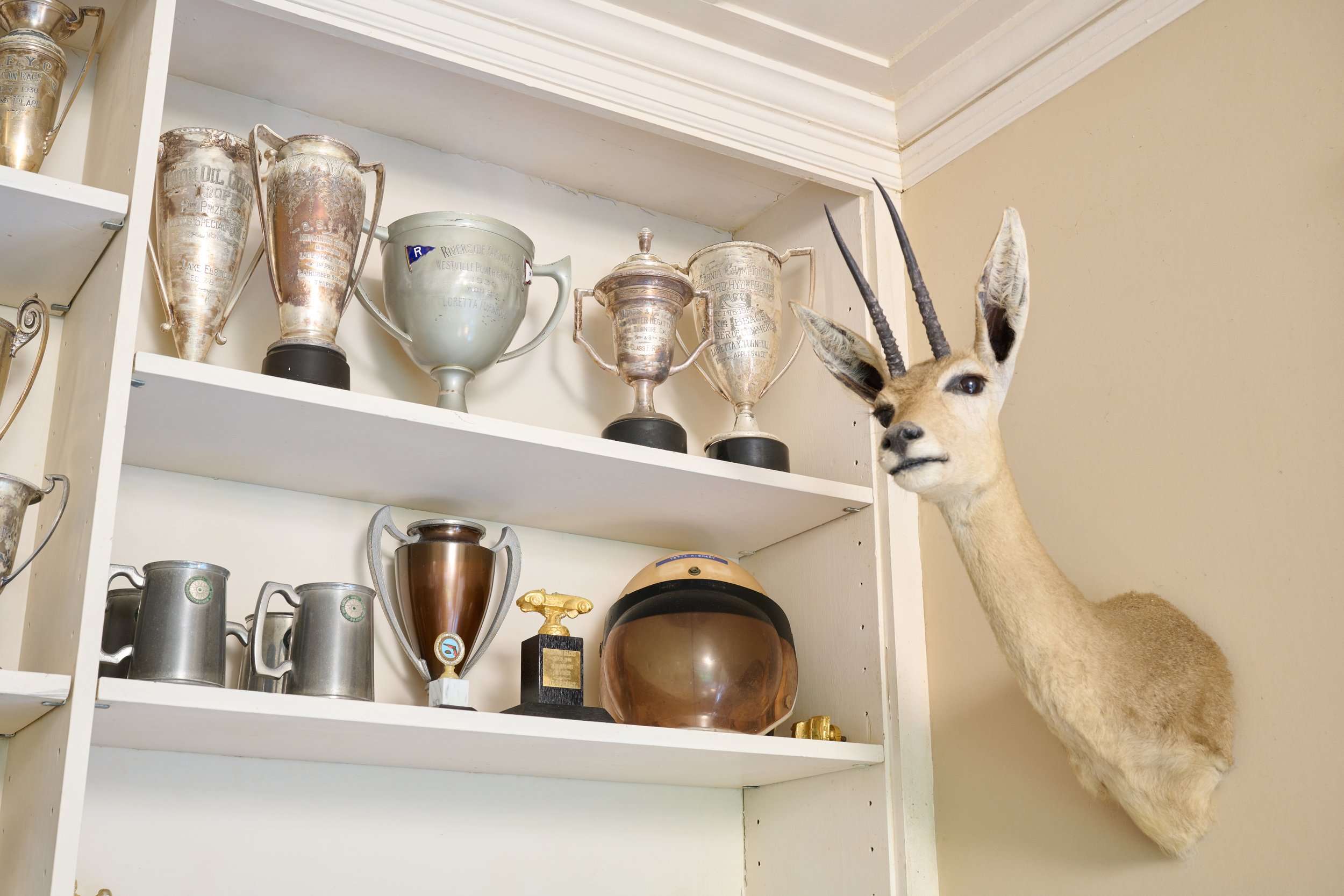

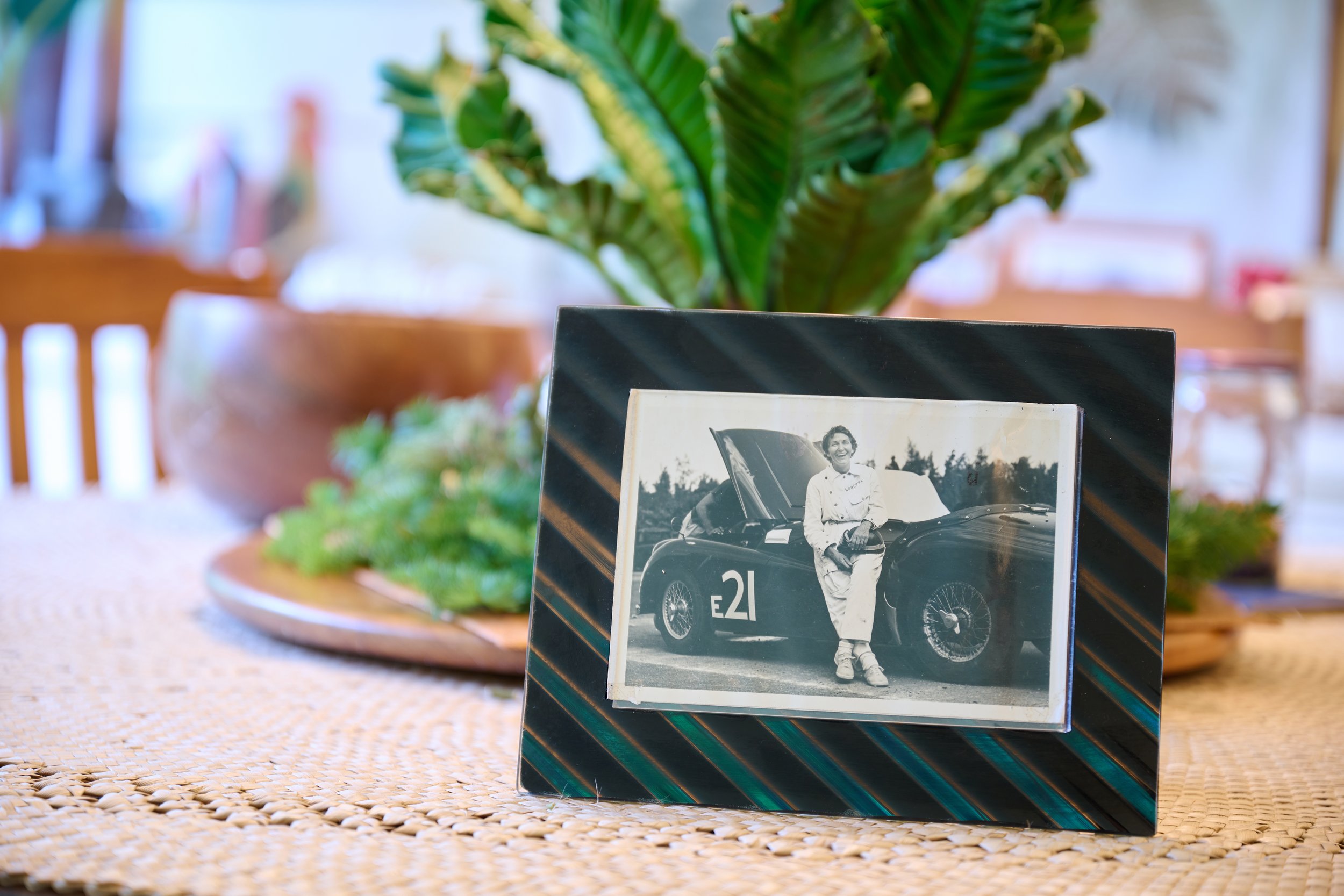
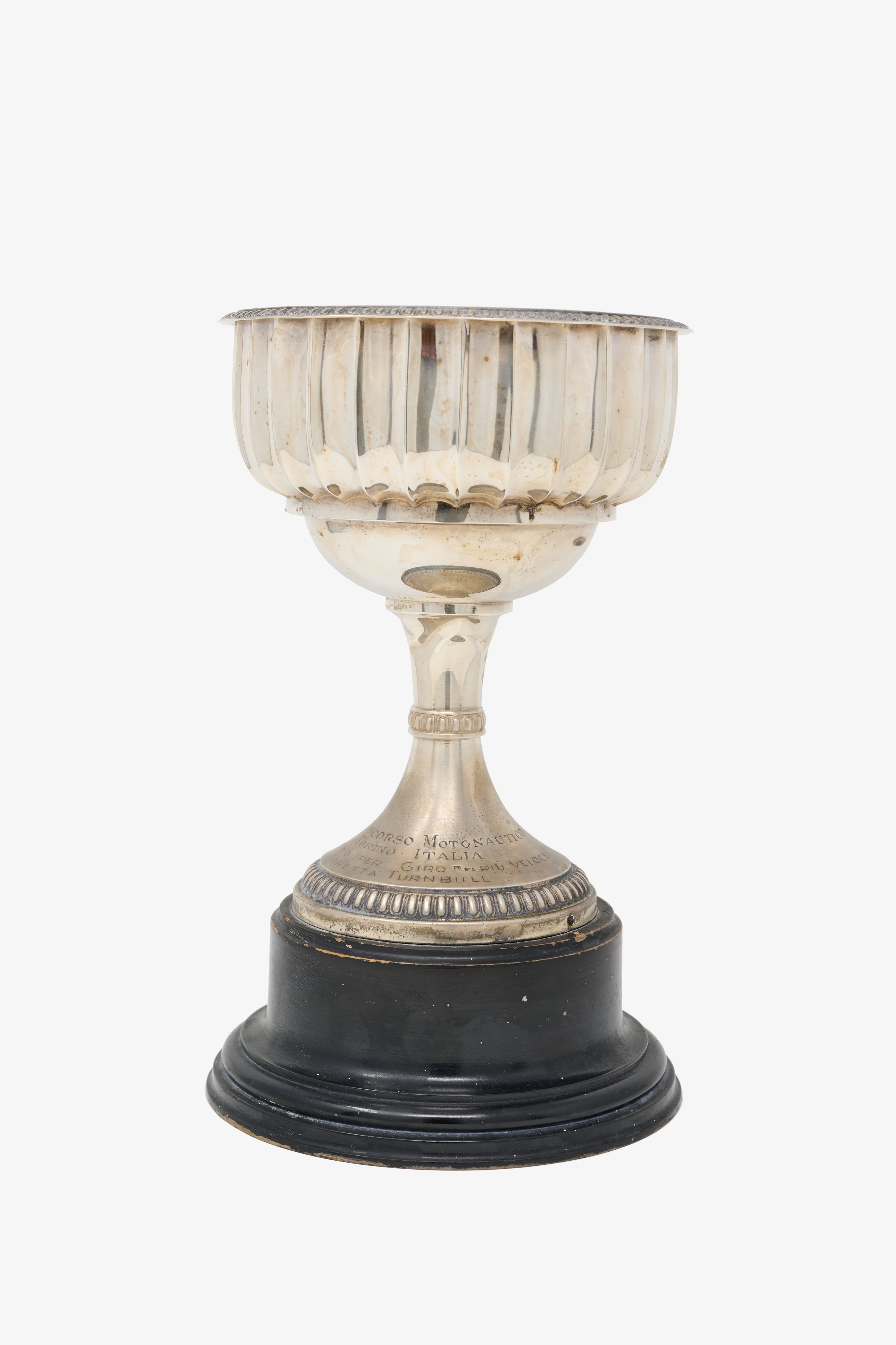
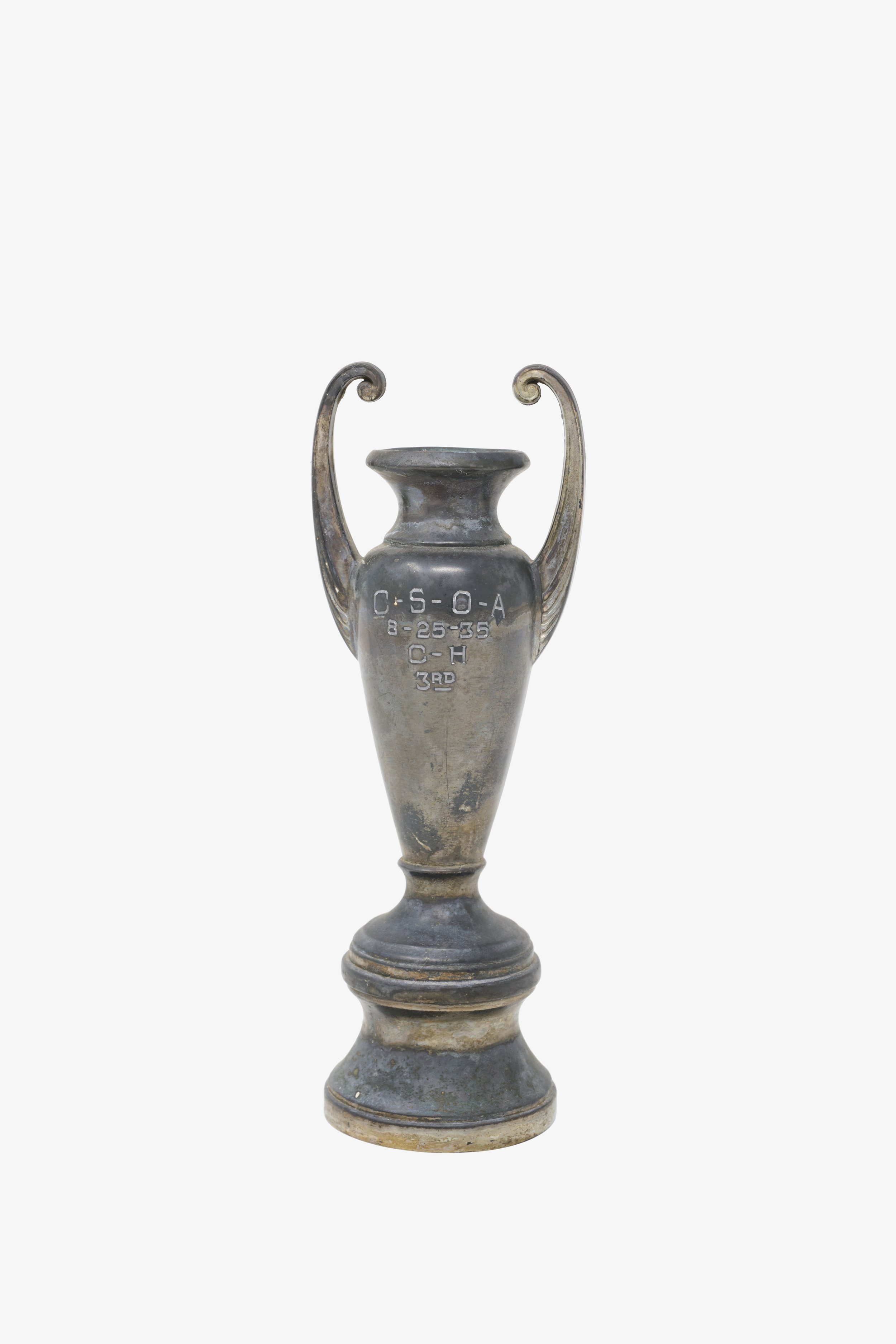
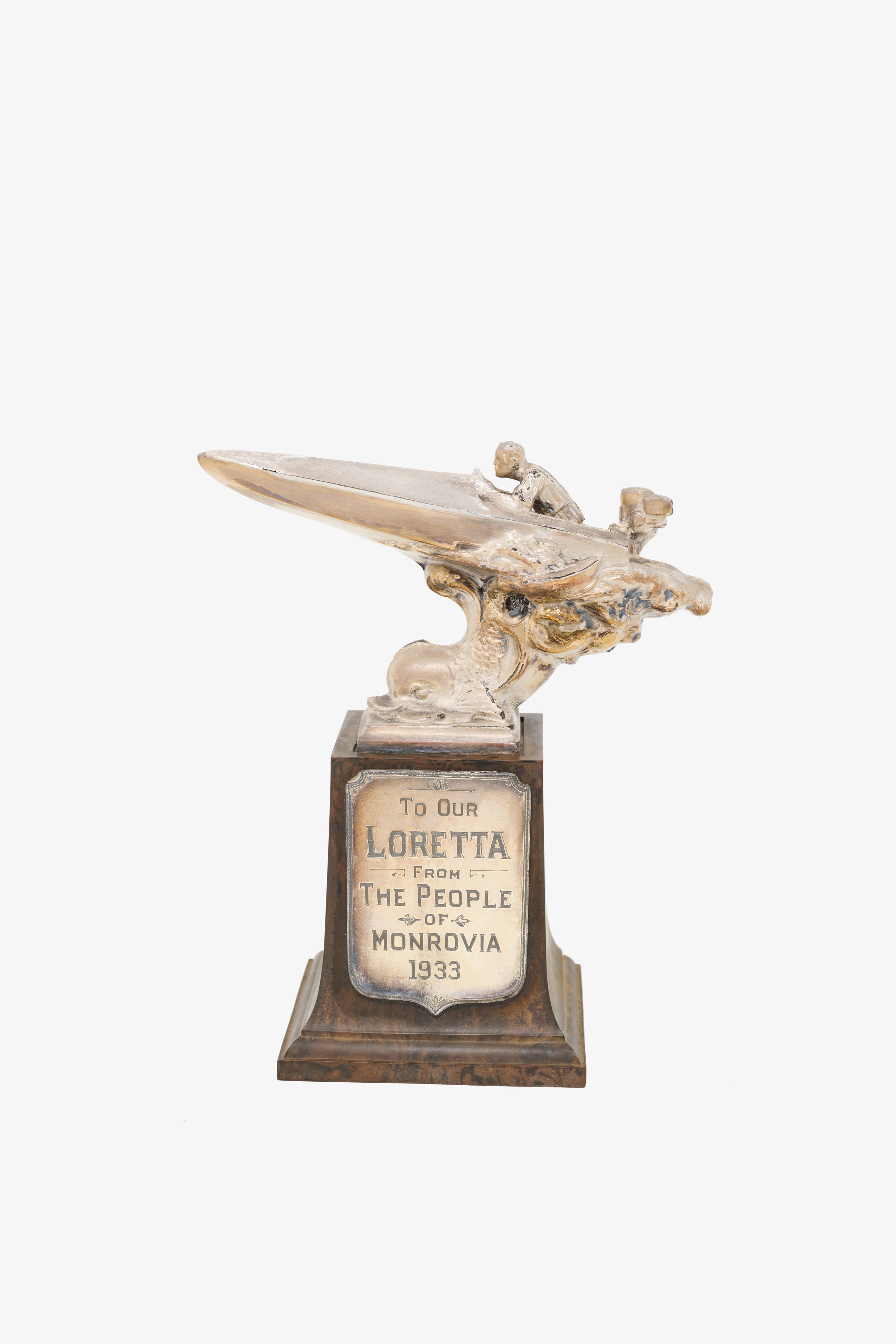
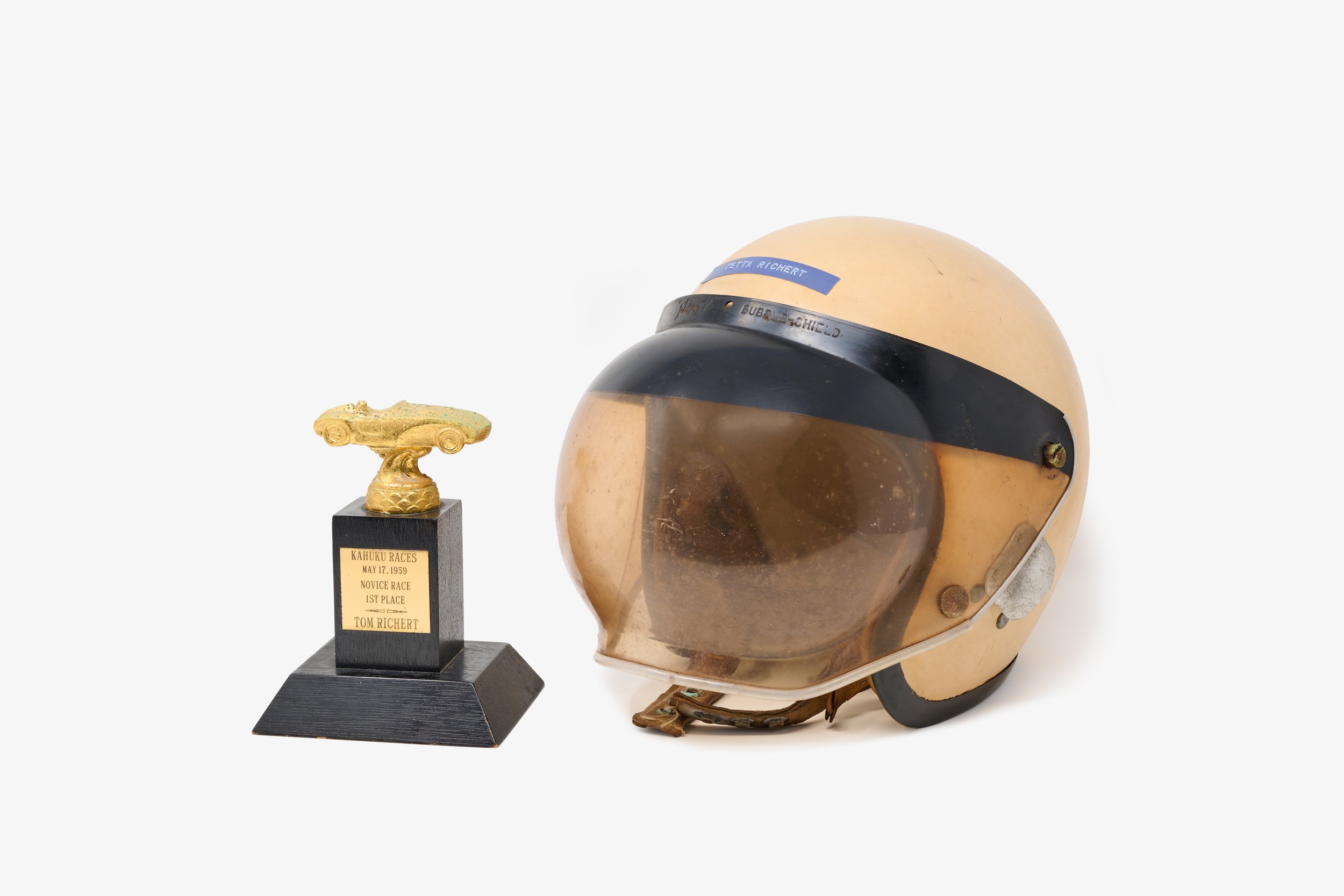
In the summer of 1931, men from Italy, Spain and England had gathered on Italy’s Lake Garda to compete for the international championship of outboard motor racing. Among them was a lone American: 18-year-old Loretta Turnbull, who astonished the crowds with her prowess on the water. Turnbull’s wooden speedboat may not have been as high-powered as its hulking metal European counterparts (she described it as “a little job with a little bit of airplane linen on the deck”), but at one point during the 17-mile race, Turnbull outpaced her competitors by more than a mile.
However, when a cylinder misfired mid-race, and her boat sputtered to a stop, onlookers were sure that Turnbull had lost, considering her rivals quickly flew past her. She tinkered with the engine and was back on her way within a minute, overtaking the closest two boats almost at once, then the third boat — then finally the fourth boat, just three feet shy from the finish line. This California teenager was suddenly named the world’s best outboard motor racer; Turnbull received her award from Italy’s Crown Prince Umberto II and Princess Marie-José, who leaned forward with the trophy so Turnbull, who was still clad in greasy overalls from the race, would not have to step on the royal carpet.
Turnbull’s win headlined the sports section of The New York Times the following day; she would make headlines again a month later for participating in a race in the Finger Lakes, where her motorboat, the Sunkist Kid — a nod to Turnbull growing up among the orange groves of Monrovia, California — hit a wake and did a barrel roll. (“I was way out ahead of ’em, and all of a sudden, I did a wing-ding,” Turnbull later told vaudeville entertainer Al Jolson in a radio interview.) The young racer was thrown 15 feet, where she dislocated her hip and cracked her femur. At her hospital bedside, she was later awarded a medal by race officials for “having come the greatest distance to participate.” Turnbull vowed to return to race again the following year.
“They used to call my mother the queen of the sea,” remembers Loretta Turnbull Richert’s daughter, Tiare Richert Finney. “My grandfather first bought her a boat when she was something like 11 years old. I remember, when I was age 25, bragging to my mother that I was going to race from Balboa Island to Catalina Island. And she said, very casually, ‘Oh, I did that race when I was 13!’”
Turnbull explained the story to her daughter: Finney’s grandmother was upset that this tiny girl was going to pilot a boat 32 miles by herself, so she made Finney’s grandfather promise he would send someone to travel alongside Turnbull to make sure she was safe. Finney’s grandfather hired a rumrunner — a smuggler that brought bootleg liquor to the United States during Prohibition — to travel in his own boat alongside Turnbull for the length of the race.
“Naturally, the rumrunner also knew the fastest way to get from point A to point B, so he advised her on the best route to take. My mom won the race and pulled straight into the harbor, while most of the other men who were competing ended up arriving elsewhere, up and down all along the coast.”
Growing up with a mother who was a racer, as well as a father who was a doctor, diver, and hunter, gave Finney the sort of childhood most kids only dreamed about.
“We’d go fishing and shoot bows and arrows. My dad would bring home deer and we’d skin it in the backyard while mom prepared the meat. We raised bees and had honey. My dad loved to collect shells; he taught me how to scuba dive when I was 7. Later in her life, my mother got into racing cars and we’d spend our Sundays at the racetrack.”
When she was 50, Turnbull’s husband, Thomas, bought her a Triumph sportscar. Turnbull started participating in day races and various gymkhanas. Before long, she had a cherry red 1955 Porsche 550 Spyder, which she began racing competitively. The family hired a full-time, live-in German mechanic who would take apart the engine every Thursday night to make sure all parts were working perfectly before putting the engine back together the next day for a test drive—much to the dismay of the local police. On Friday nights, Turnbull would hop in her Porsche, do a hot lap through the Pali Highway tunnel (which was still under construction
at the time), make a U-turn at the Castle Junction intersection, then return home. When the car pulled into the garage, the family turned off all the lights and stayed quiet — “There’d be no sound except for the clicking of the hot metal engine in the darkness,” recalls Finney — as blue and white police lights roared past the house, searching for the speed racer who just tore through Kailua.
“On Sunday, we’d all go out to the Kahuku racetrack wearing our little white jumpsuits with the Porsche insignia and our names embroidered. My dad was the doctor on-call there if anything happened, my brothers and I and the mechanic were all there, mom was racing, and we all had fun,” says Finney. “Going to the races was normal for us. I didn’t understand that everybody didn’t do that!”
Finney’s larger-than-life parents helped inspire her to embark on her own outdoor adventures. While attending high school at Punahou, Finney ran track, jumped hurdles, and swam and dived on the swim team. She played tennis and rode horses; mostly for fun, but sometimes as a model for TV commercials and magazine ads. In 1979, Finney’s first year of paddling, she was invited to join the Outrigger Canoe Club crew for the inaugural women’s race from Moloka‘i to Waikiki, Na Wahine O Ke Kai. She traveled to New Zealand and Tahiti to compete in the World Sprints, an international outrigger canoe competition, winning multiple gold and silver medals. Like her mother at age 50, when Finney turned 40, her husband John bought her a new type of racing vehicle: a 1990 Harley Davidson Sportster. Not long after, Finney joined the Rock Island Riders on their annual 200-mile motorcycle race up the treacherous back sides of Mauna Kea, riding across uneven lava fields and ashy cinder cones. Finney has definitely carried on her family’s tradition of outdoorsmanship — and daring.
“There are a lot of amazing stories about my mother as a boat captain and racecar driver. But, Monday through Friday, she was also an amazing mom, a fantastic cook, a housekeeper, friend, and confidant,” says Finney. “To this day, I’ll still occasionally meet someone who’ll say how my parents took them in when they didn’t have a place to live, or gave them a job, or just set them on the right track. They were so generous with their knowledge and their love. Both my mom and dad were terrific role models in more ways than one.”
